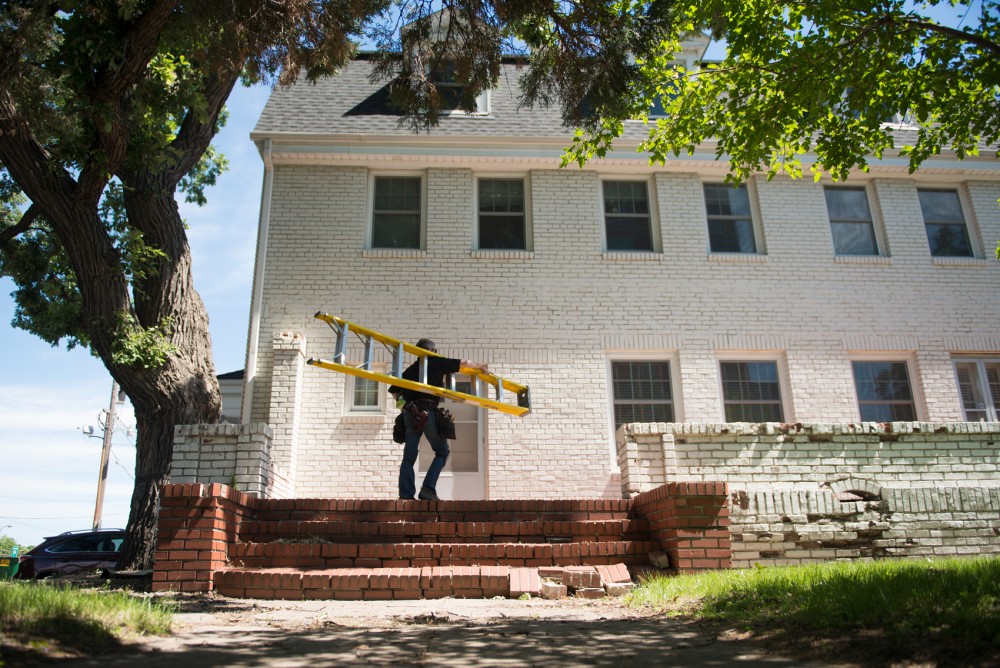Poorly-lit areas near the University of Minnesota may get a boost in safety with help from a neighborhood improvement grant.
Amid concerns over safety and recent burglaries in Marcy-Holmes, the Office for Student Engagement is installing 10 motion-activated lights on sorority and fraternity houses, and it wants more student renters living in houses to apply for lighting.
Kendre Turonie, coordinator for off-campus living for the Office for Student Engagement, said poor lighting around many off-campus areas concerns residents about the potential for crime, and adding lights would help alleviate those fears.
A common safety tip given to students is to turn on house and outdoor lights to deter would-be criminals, but many houses in the area lack the proper lighting to do so, she said.
“It can be difficult to have low-level lighting installed throughout the neighborhood,” she said. “It is a lengthy and involved process with the city.”
Ten greek chapters applied to have lighting installed, and the process will end next week. The Good Neighbor Fund, which was established when the University gave the Vikings permission to play at TCF Bank Stadium, funded the $15,000 grant.
Lights that weren’t motion-activated were installed earlier, but some students were concerned they would add to light pollution in the area.
Katie Trebisovsky, president of the Panhellenic Council, said the council had leftover funds this year and had been in talks to install lights themselves because of prior incidents at poorly-lit houses on both 10th Avenue and Fifth Street Southeast.
“A lot of sororities past 10th Avenue aren’t very well lit,” she said. “Obviously, this isn’t going to completely make it safe, but we need to start taking steps to do so.”
Several thefts from cars in unlit parking lots prompted the council to consider taking steps to improve safety in the area, she said.
Some individual chapters have discussed installing security cameras and security systems, Trebisovsky said.
Roxann Goertz, president of the Minnesota Greek Alumni Council, said she was one of many members who wrote letters to the University about their concerns regarding lighting throughout the Marcy-Holmes neighborhood.
Goertz said the project makes people more aware of safety concerns in the area, which could make future projects easier to fund.
The Office for Student Engagement has been trying to inform students about the lighting grant, but so far none have applied for a light, Turonie said.
“We weren’t able to do as many installations as originally proposed,” Turonie said, “But I still think that this project will improve the sense of safety around campus.”


